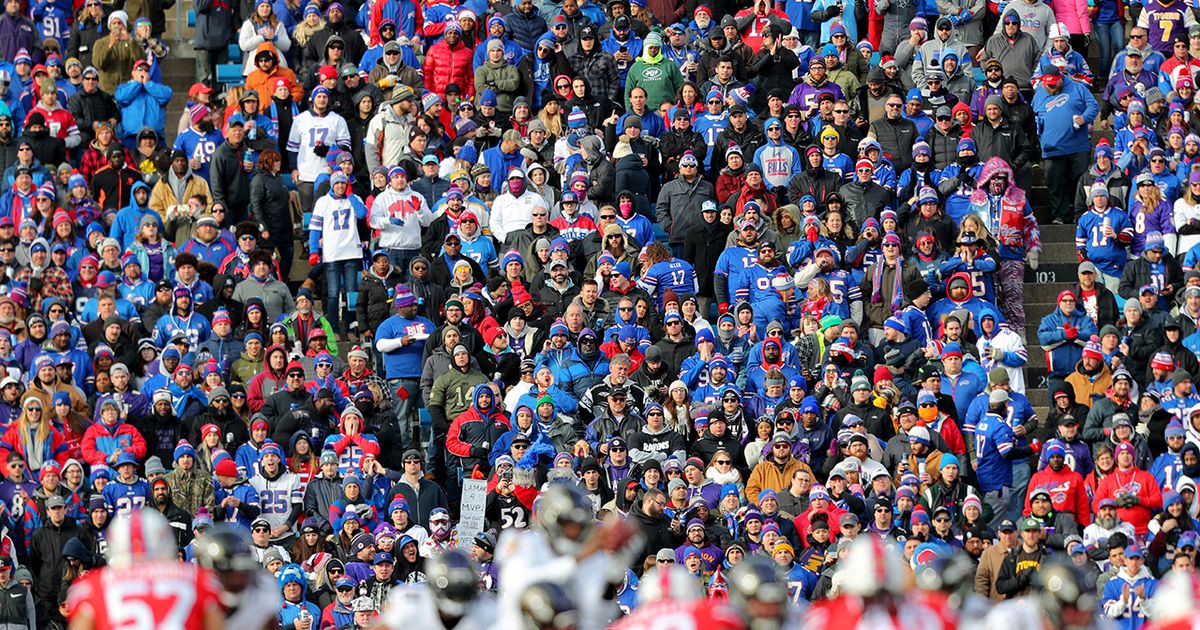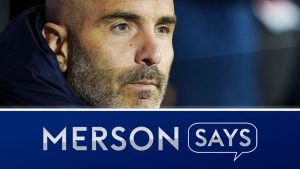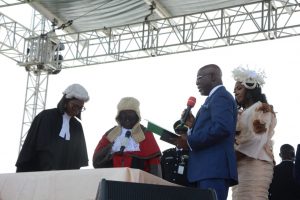Why the NFL’s planning for fans in stadiums is the right move


It is a little jarring to hear certainty in relation to the near and immediate future of American sports, and there is a simple reason for that.
Ever since the fraught and fractured days of early March, there have been a lot of developments, a lot of discussion, much speculation, a ton of nervousness — and nothing, understandably, in the way of definitive fact as to what we’re going to see again and when.
My Plans 2020 pic.twitter.com/FZJSjIYIFv
— Dallas Cowboys (@dallascowboys) May 19, 2020
So, when Miami Dolphins owner Stephen Ross came out and delivered what amounted to an assurance that the pro football campaign will go ahead as planned in just a few months’ time, it provoked a couple of general reactions.
“I think there will definitely be a football season this year,” Ross told CNBC, in an interview that primarily revolved around the American economic fallout from the COVID-19 crisis. “We all miss our sports. The NFL, I think, will be ready to go. I know we are all looking forward to it. I know I am.”
The initial response, naturally, was one of celebration. After all these weeks of scraping the internet and the network archives for old sports, obscure sports, overseas sports and sports documentaries, the idea of a genuine, live, competitive football game is akin to slapping aloe on a sunburn. Aaaaaah.
“I think there definitely will be a football season this year”
“Real question is, will there be fans in the stadium? Right now, today, we’re planning to have fans in the stadium”
-Stephen Ross on CNBChttps://t.co/6oe2Wa6c1z
— John Clark (@JClarkNBCS) May 26, 2020
But for many, it surely took just a split second for that to be followed by a, “Whoa, wait a minute,” because the national sports fan base has been scorched by all this, and optimism has given way to understandable caution. The doubt and confusion that has surrounded every part of life for more than two months has manifested a skeptical streak in all of us.
Still, while Ross’ words made a splash, an even bigger indicator of intent was given by NFL executive vice president of football operations Troy Vincent over the weekend. Vincent’s comments got a little swallowed up by the holiday, and because they were paired with an admission that the league’s pass interference replay rule had failed, but he wasn’t holding back.
“We’re planning for full stadiums,” Vincent told NBC Sports, “until the medical community tells us otherwise. Now, remember when we’re talking. We’re talking about September … August, September. So, there’s a lot that can happen here. So, we’re planning for full stadiums.”
We’ll see you on Thursday Nights ? RT if your squad has a game on FOX TNF for 2020! pic.twitter.com/xPlE9gKVdL
— FOX Sports: NFL (@NFLonFOX) May 8, 2020
Imagine it for a second. A full stadium, splashed with partisan color and heaving with cheering supporters. Weird, isn’t it? In one sense, a vibrant arena is a wonderful thought, but even when you look at old games and see fans bunched together, pressed against each other, breathing each other’s air, it puts the teeth on edge. We are not used to being within six feet of someone at the checkout counter anymore, let alone having people sandwiched on either side of us.
But the thing to remember here is that it is not the NFL’s job to look at it through the same lens as us. They need to transport their minds into the future and prepare for how things may or may not look and feel at that stage.
There are 107 days between now and the first scheduled game of the regular season, between the Kansas City Chiefs and the Houston Texans, on Sept. 10. If you go back 107 days in the other direction, it would take you to the Sunday after the Super Bowl, back when the coronavirus was this thing you’d heard about on the news that was taking place in China.
During these tough times, no one has been more clutch than our doctors, nurses, and healthcare workers fighting on the frontlines.
Join @drewbrees, @deandrehopkins and @gkittle46 in saying thank you to #TheRealHeroes with a post of your own. pic.twitter.com/XXjdLk1CjP
— NFL (@NFL) May 6, 2020
We were still a month away from sports shutting down and life as we knew it changing. Devastatingly, nearly 100,000 Americans that were then living, no longer are.
As a public, many people feel differently to how they did a month ago, and everyone feels differently to how they did in March. Who knows what things will look like in September? Who knows what the figures will say and what advances will have been made by then?
In a sense, the NFL is actually taking the safest and smartest course of action. It is easier to plan for full stadiums and work backwards from there, rather than get ready for empty venues and then try to move forward accordingly.
The @dallascowboys led the NFL with an average attendance of over 90,000 fans.
No other team in the NFL averaged more than 80,000. pic.twitter.com/0tCJaZJz4j
— FOX Sports: NFL (@NFLonFOX) February 7, 2020
Furthermore, even at full capacity, there is the strong likelihood that things would not be quite the same as before. Would it be a full stadium of fans with masks emblazoned with team logos, all of whom have had their temperature taken at the gate, or been able to show proof of having tested negative? Later on, would it be a stadium full of fans who have received a vaccine?
Anything, and everything, seems possible right now.
“We also know we have to plan for half stadiums,” Vincent added. “Three quarters. So, we’re planning for all those different scenarios. But first and foremost, we’re making every effort working with the medical community, if we can have those stadiums with all people, until they tell us otherwise when that time comes, that’s our plan. That’s our plan of action.”
The 256-game pick’em continues!
Today @getnickwright predicts the NFC North ⬇️ https://t.co/GcpJShBcik
— FOX Sports: NFL (@NFLonFOX) May 26, 2020
Heart-aching though the tragedy has been, the point here is that it is impossible to tell what developments will have been presented to the country by September. The uniqueness of the current situation also affects our mindset in unavoidable ways. The more each day seems like the last, the more it seems never-ending, that we have entered an altered state where things will always be this way.
Thankfully, that’s not the case, yet it is part of the reason why restarting things like sports, which give us a point of reference to our calendars, are considered a priority for the lawmakers in Washington.
Sitting here, as the end of May approaches, it boggles the brain to think that football can go ahead with full stadiums in time for the start of the season. September seems so soon, life seems so disjointed, such logistics seem totally unworkable.
But thankfully, the problem is not ours; it is for people whose entire job revolves around it. The NFL is getting ready for the best case scenario, and adapting backwards from there. It is the right approach — and if they pull it off, it will show that things are close to normal once more.







